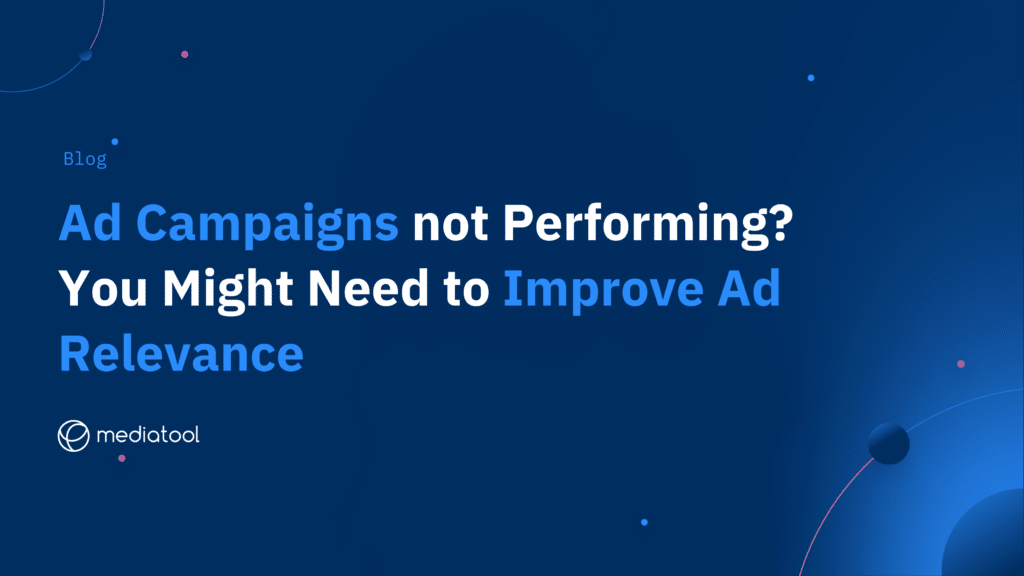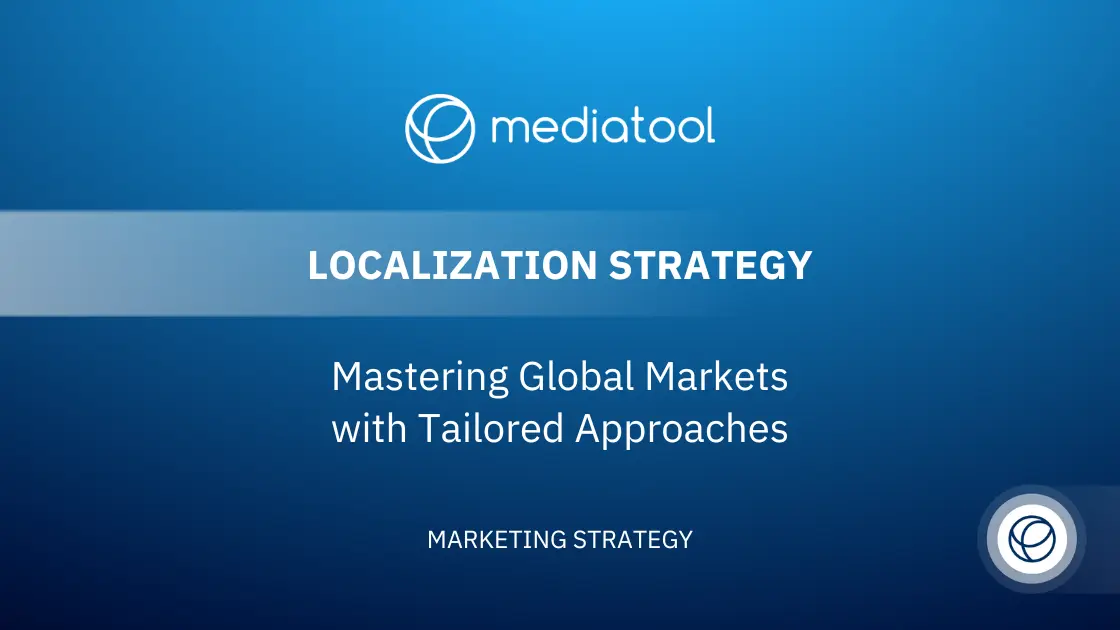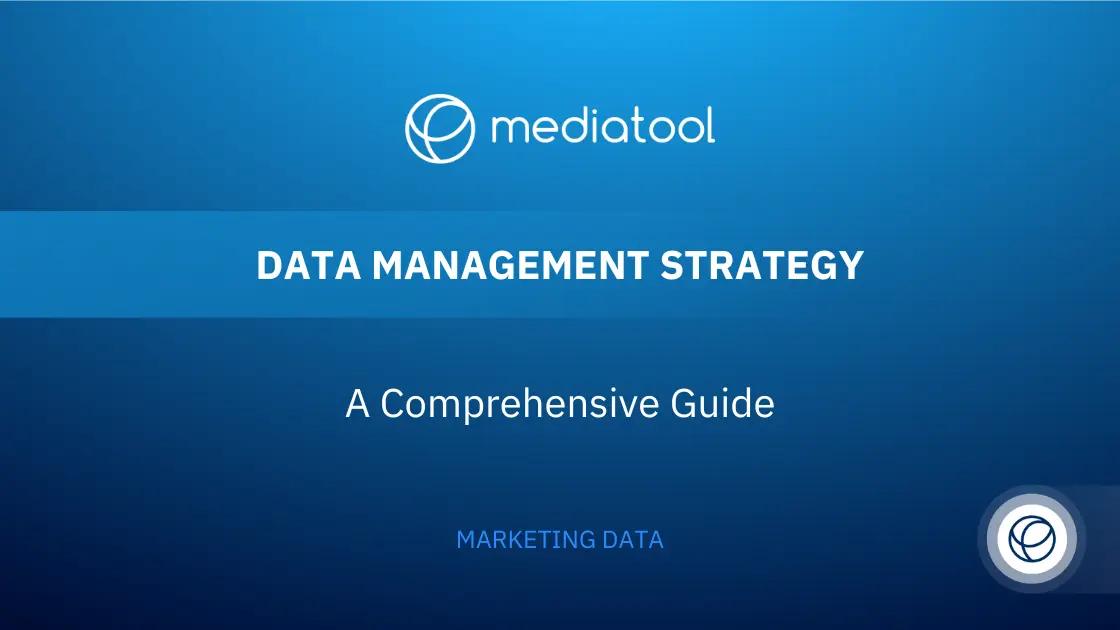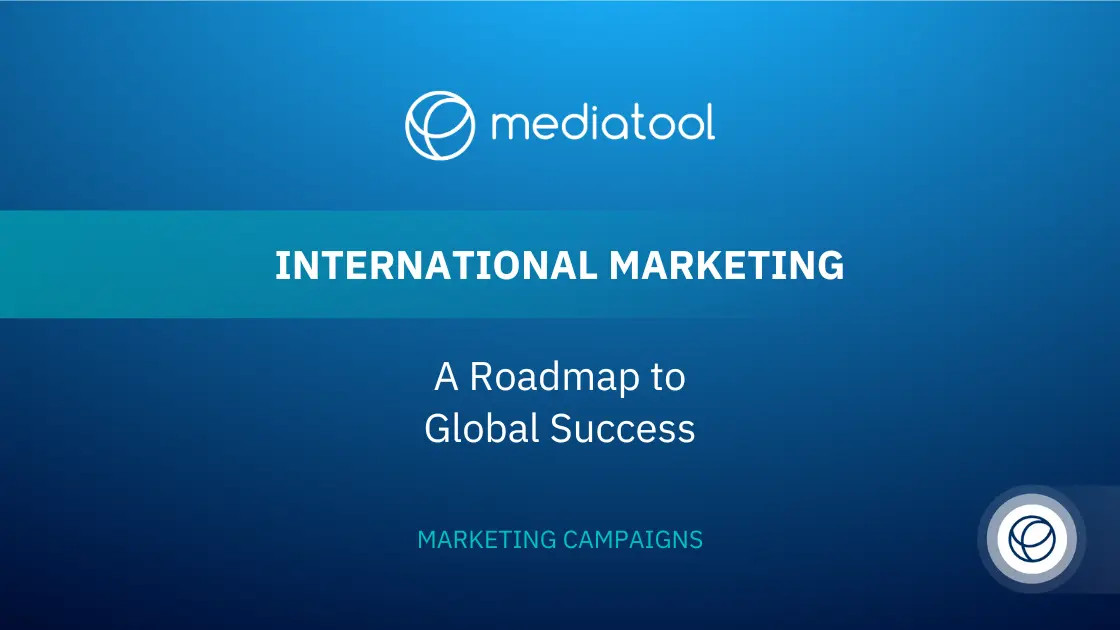In marketing, relevancy is everything. Whether it’s organic search, where Google favours pages that provide what it deems to be the most relevant information. Or social media users engaging with relatable and relevant content. Relevancy is a key ingredient you should consider before creating any marketing campaign, but especially with your ads.
Relevancy and personalization go hand in hand. If you don’t focus on how to make sure your ad campaign is aligned with your audience’s interests, wants and needs, your target audience may not see them, or may be put off from engaging with your brand again.
Creating a personalized, relatable customer experience has never been more important, as consumer trends and expectations have changed. Consumers now not only want, but expect a personalized experience, with 42% stating they find it annoying when ad content isn’t relevant enough. Think about it, we’ve all been there as consumers ourselves, it can get really frustrating! And the last thing you want to do is annoy potential customers.
Great campaigns are those that form a relationship with customers, resonate with them and make them feel understood. So let’s discuss how you can improve that relationship, specifically through the relevancy of your ad campaigns.
What Makes an Ad Campaign Relevant?
When making your advertising content or deciding on your ad targeting strategy, it all boils down to really knowing your audience. Their likes, dislikes, how they interact online, where they interact, what other companies they interact with, what their pain points are, what kind of content they like to consume, we could go on! Think of a crime drama – Criminal Minds or CSI Miami – you need to get into the mind of your audience, in the same way that the investigators do (in their case it’s usually the bad guy, but stick with us). And how do the investigators do it? They use the data they already have on suspects, and data they have on those who are a similar demographic and who have committed similar crimes. They build a profile, and they find the bad guy based on what story the data has told them.
You need to do that. But with much less dramatic and stressful, marketing data. The more data you collect about your target audience – and the more you generate insights from it – the more personalized you can make your campaigns. Creating relevant ad campaigns comes naturally when you’re equipped with the right data in your backpocket.
Relevant ads target the right audience and give them information about how your product or service fulfils their needs or fixes their pain points. If your ad campaign is relevant enough it’ll be obvious in your results data – customers will drop right into your marketing funnel and convert right away. But we all know it isn’t always that easy! So how do you know if your campaign is relevant or not? Let’s dive in.
How to Identify and Improve Ad Relevance
There are two stages where you can tell if your campaigns are irrelevant. And the answer is in your data.
Stage One: The Ad Content
If your content isn’t relevant, you’re essentially throwing money down the drain. And trust us, we know marketing budgets, we know no one wants that!
1. Low click-through rates (CTR)
Whether it’s a Google Search Ad or a paid social creative, one issue you might see is a low click-through rate (CTR). This could mean that the information given in your ad copy or creatives, mixed with your targeting strategy isn’t aligning with what the right audience or enticing enough for them to find out more.
How to fix it:
Edit to your ad content
Look at your past ads, what content has worked well and what hasn’t. Can you find any themes? Do they interact better when the copy addresses a problem head on, or uses humour to catch their attention? Do they prefer more humanized visual content such as user-generated content (UGC) or behind the scenes videos?
Review your keyword strategy
If your Google or Bing ads have a low CTR, chances are your keyword strategy either isn’t relevant to what your audience are searching for, or the search intent of the keywords doesn’t align with your ad headlines. Ensure your keywords and content are aligned by conducting keyword research to find customers with the right intent.
Stage Two: The Landing Page
If users are engaging with your ads, impressions and clicks are high, but once they land on your page they aren’t converting, you need to consider a few changes.
1. High bounce rates
You might find that you are actually reaching the right audience, but once they get to your landing page, bounce rates are high. It might be that they don’t find the relevant information they need to purchase a product, download your ebook, sign up for your newsletter or book a demo.
How to fix it:
Align ad content with landing page content
First, ensure the design and messaging of your ad aligns with your landing page. Otherwise mixed messaging may confuse users or lead them to think your brand is untrustworthy.
Audience segmentation
You might have reviewed your ads and landing page and found that they do align. Another step you can take is to split your audience into segments, and create specific landing pages for different personas. That way you can tailor the content of each landing page to each audience’s needs and avoid the disconnect between ad content and landing page content.
It’s unlikely that you’re marketing to only one audience, but if you struggle to find how to segment it, start with stages of the funnel. For example, audience 1 has never heard of your brand and needs to land on a page that tells your brand story. Audience 2 has consumed your content before and may have engaged by signing up to your newsletter, but have never purchased. They may need a landing page that tells them of an offer you have. Audience 3 may have purchased before but not repurchased, you might lead them to a loyalty program such as giving them first access to your newest collection.
2. Low conversions
If click-through rates are high but conversion rates low, your ad funnel might be too long, or something in your customer journey could be stopping customers from converting.
How to fix it:
Improve your customer journey and marketing funnel
take a look at how you can improve the customer journey and your digital marketing funnel to take customers from awareness to conversion. Potential customers who are new to your brand may need some nurturing before they consider whether to convert. Review the customer journey of your ads to ensure there’s no bumps in the road and it’s as easy as possible for customers to move down the funnel. Look at your data to find stages that aren’t performing as well, and tweak them to be more relevant to your audience.
A/B test your funnel
Once you’ve made tweaks to your funnel, run A/B tests to find what has a greater impact on conversions. Seek to personalize your customer experience and tell your audience a story, from when they first see your ad, all the way to becoming a customer. Use your data to regularly review and optimize your ad campaigns to ensure they’re as relevant to your audience as possible.
Use Your Data to Improve the Relevancy of Your Ad Campaigns
Maybe you’ve read our tips and now you’re ready to make some changes but you aren’t sure where to start, or where to find insights in your data. Mediatool makes it easy! Whether it’s planning A/B tests, creating ad content briefs, or leveraging data to improve ad campaigns that are live now, Mediatool helps you gain a new perspective on your ad data. Request a demo of the platform to see for yourself.




